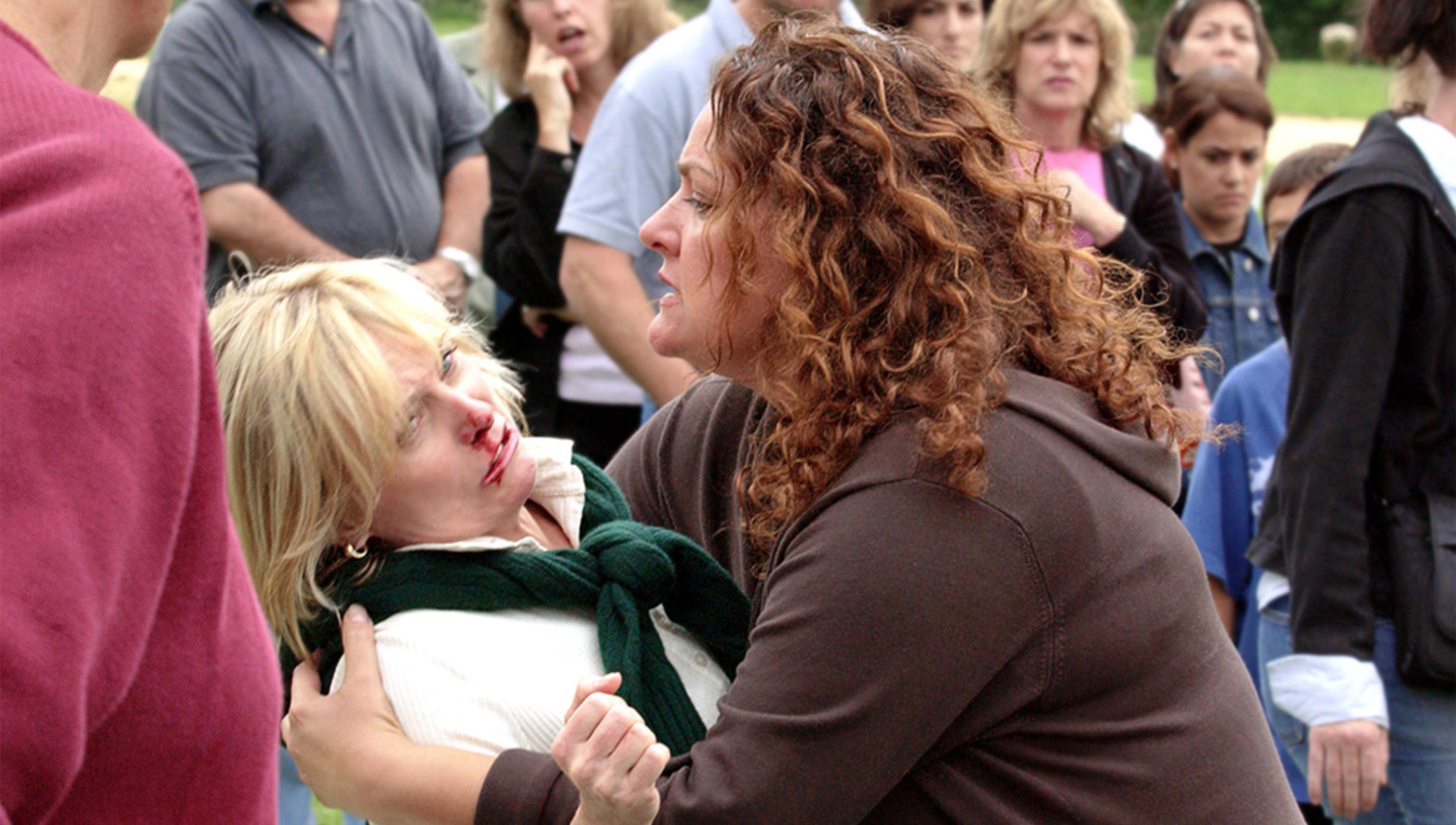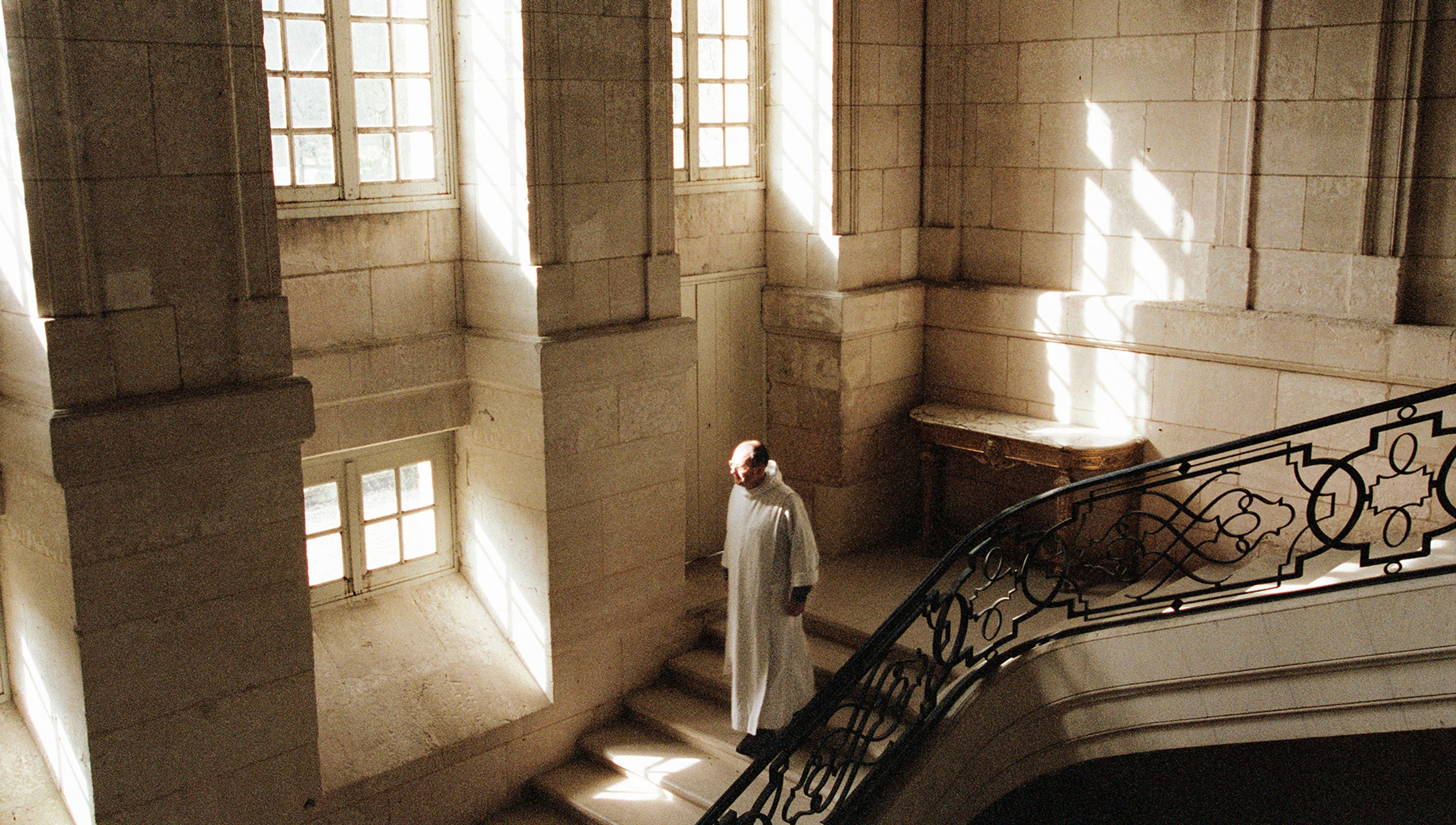With its origins in 16th-century India, Bharathanatyam remains hugely popular. Here’s a primer to kickstart your enjoyment
I watch spellbound when, with just a flick of her fingers and a gleam in her eye, my teacher transforms from an impish five-year-old one moment to a spiteful snake in the next, to a lovelorn maiden in the third. For the past 15 years, with the guidance of teachers like her, I have been learning and practising Bharathanatyam (pronounced Bah-rah-the-na-tee-yum), a centuries-old classical dance form that evolved in the royal courts and temples of southern India. In that time, I’ve repeatedly been asked by friends, family and others about the best way to experience this dance form today. Does one need to be familiar with the tropes and myths involved in order to enjoy it? Do you need to understand the language or the culture in which it’s based? And what value can it offer a contemporary audience beyond just its historical or cultural significance?
The compositions presented in Bharathanatyam are often centred around deeply human experiences and emotions that make it possible for audiences across cultures and time periods to connect to them. An audience does not need to know the culture, language or technical details to begin to view and appreciate performances. But learning a bit more can help enhance your enjoyment of the form. As I hope to show by examining some of its key features and a selection of contemporary performances, Bharathanatyam offers a highly distinctive way of exploring and representing the world through movement.
Most of the Bharathanatyam repertoire practised today traces its origins to the Nayaka and Maratha kingdoms, which ruled over large areas of southern India from the late 16th to the mid-19th centuries. The dance form absorbed a variety of influences, including from prior dance traditions, the Tamil and Telugu languages and literary cultures, the courtly practices of the northern Mughal Empire, and the newly introduced European music and theatrical traditions. A matrilineal community of women, many of whom were courtesans, became the primary professional practitioners of the form, while men assumed the role of teachers, coaching the women and conducting recitals. Surviving records of its practice in temples, royal courts and the homes of the elite suggest that, for much of its history, its audience largely comprised upper-class citizens with access to these spaces.
The dancer’s body acts as a canvas that visualises the rhythm of the music
A traditional Bharathanatyam performance typically follows a multi-part format called the margam – a sequence of seven to eight compositions of different types, performed by an artist over the span of two to three hours. A small group of instrumentalists and a vocalist, usually seated on stage, accompanies the dancer.
Each section of the margam has distinct characteristics, and a walk through some of them illustrates the richness of the form. One type of composition that is usually featured as an opening piece is the alarippu, which translates to ‘flowering bud’. As you can see in this performance of an alarippu composition below, the dancer begins with isolated movements of her eyes and neck, moving outward to engage her arms, wrists and shoulders. The dancer’s body acts here as a canvas that visualises the rhythm of the music – creating patterns of lines contrasted with curves, of strength juxtaposed with fluidity, and of movement punctuated by stillness.
The alarippu, with its focus on movement in the absence of any narrative, reminds me of the thinking of the abstract expressionist painter Robert Motherwell. The artist once said he hoped that more people would experience abstract art the way they do a musical tune: by just seeing/hearing it, without an accompanying explanation, based on its inherent capacity to affect them. Devoid of melody and stripped down to the rhythmic bare bones, the alarippu features movements that are similarly whittled down to simple patterns of lines explored across different levels and planes. By not offering a finished narrative or attempting to kindle a specific emotional end, it offers the audience an almost neutral emotional canvas as they are gently eased into the rich, immersive world of emotion, colour and character that successive compositions go on to build.
Narrative movement (called abhinaya, meaning ‘to communicate’) is a contrasting stylistic element that is seen across subsequent sections of the margam. A traditional performance does not use thematic sets, props or character-specific costumes. Instead, the dancer relies on her own body, a system of hand gestures, and her eyes and face to communicate meaning. This vocabulary allows the solo performer to assume multiple characters, narrate in the third person, and portray incidents and memories in immediate succession, weaving together a rich narrative tapestry. This freedom from the typical constraints of time, space and character sets the dance style apart from many others.
The pieces from the traditional repertoire often draw inspiration from the lives of former practitioners, and take the shape of conversations that offer a window into a protagonist’s life. A composition attributed to the 17th-century composer Kshetrayya features a young heroine as she discovers that her lover has been unfaithful to her, spending the night at the house of another woman. Eventually, he is back, knocking at the protagonist’s door. ‘Why are you here?’ she asks him. ‘The house of that other woman is not on this street.’
‘Did you lose your way under the bright moonlight,’ she asks, ‘or did that fish-eyed woman seduce you?’
The dancer in the video below first interprets the meaning of these lyrics (sung by the vocalist) through her hand gestures and expressions, and then in successive iterations she builds on the ideas the lyrics suggest. Each time the question is repeated, a new emotional layer is explored: the protagonist’s reactions range from sarcasm and mockery to a pretence of curiosity, surprise and direct anger. At 03:17 minutes in this performance, the dancer momentarily assumes the role of the guilty, sheepish man arriving at the heroine’s door before instantly switching back to the role of the protagonist and showcasing how this woman perceives him.
Typically, these compositions provide some brief context for the current conversation and offer a description of who the man is. In this example, he is Muvva Gopala, a character from Hindu mythology. But his mention here is brief, and the composition instead revolves around the heroine’s negotiation of her feelings of anger, betrayal and the love she perhaps still feels for him. The invocation of a mythological character appears to be a means for the composer to enlist a familiar persona that the audience can relate to. (Muvva Gopala is known for his flirtatious personality and charisma; the nomadic Shiva might be another such featured character, for example.) Of course, one does not need to be familiar with the persona of this character to relate to the dilemma in which the woman finds herself.
‘Did you lose your way under the bright moonlight,’ the protagonist continues, ‘or did that fish-eyed woman seduce you?’ The dancer then explores the situation from the perspective of each person, respectively: she becomes the young man searching and finding the wrong house in the moonlight (from 05:57) and then his mistress seducing him for his wealth (07:42). As the dancer embodies each one, the audience is invited to fill in the gaps and imagine the surroundings – the night illuminated only by a few rays of moonlight, the sound of footsteps on gravel, the house of the seductress.
In some other dance forms, such as ballet, an artist will embody emotion primarily through the physicality of her movement. In Michel Fokine’s solo ballet dance ‘The Dying Swan’ (1905), for instance, as the ballerina seeks to physically transform into the swan, the movements of her limbs and neck express emotion and conjure imagery in the mind of the viewer. But a Bharathanatyam dancer additionally uses her eyes and facial expressions as a way of transcending the physical limitations of her body.
One example is a performance, below, featuring a conversation between a mother and her little child. The child wants to go out and have fun with his friends, while his mother would like him to stay home. She first tries bribing him with promises of milk and sugar, then scaring him with the threat of wild animals and thieves, and then tells him his father would come home and worry if he was missing. The boy has a ready response to each of her objections. The artist overcomes the constraints her body poses in depicting the young child by relying on the use of her face and eyes: her upward gaze and pleading, child-like expressions allow her to capture the spirit of a boy.
At the heart of the traditional repertoire, tying together the strands of abstract movement and narrative, is a type of composition called the varnam. Typically, it features a heroine who is separated from her significant other and beseeches a friend to go bring him to her. This ‘conversation’ is almost a monologue; the friend simply lends an ear as the heroine pours out her heart and mind over the course of this lengthy composition. In one such performance, below, the heroine’s zeal is interrupted only by short bursts of abstract movement performed to musical interludes (from around 00:21 to 2:00, and 04:00 to 05:51), which offer the audience respite from what is otherwise an intense outpouring of emotion.
Some might suggest that the varnam contains patriarchal undertones: why should a woman pine after a man so? Can’t she be afforded her own agency? But, to me, she demonstrates tremendous agency in owning and unapologetically expressing her emotional state. Varnam compositions follow a reliable pattern, but what varies is the way the protagonist responds to the situation life deals her: how she thinks about it, the urgency of her appeal, and the ebb and flow of her passions. Each performance offers a uniquely embodied exploration of what it means to love and to be separated from someone dear. The word ‘varnam’ means colour, and this dance takes just one – the colour of love – but explores its every shade and gradient.
A major shift in the practice of Bharathanatyam came in the late 19th and early 20th centuries. Practitioners faced a public campaign that questioned their morality on account of the non-conjugal nature of their relationships and the supposedly erotic content of their art. The art form was taken over by upper- and middle-class women and men, and its new practitioners sought to defend it from allegations of immorality by infusing more religious themes and myth, and creating new compositions based on devotional literature.
But Bharathanatyam has endured, and today it is seen regularly in theatres across India and, increasingly, internationally. From mid-December each year, artists from around the country and abroad gather in the southern Indian city of Chennai for a month-long music and dance season where performances are featured in venues around the city. The dance form often appears on national TV, and there are plenty of videos available online (including this series of performances curated by the Music Academy Madras). Between sections of the margam in a live performance, the dancer will often introduce the piece she’s about to present in English, offering context for audience members unfamiliar with the languages used in the compositions.
Practitioners continue to grapple with expressing social realities through the form – for instance, in a composition about a woman who planted more than 200 trees, or through the exploration of contemporary literature, such as Yann Martel’s novel Life of Pi (2001). But the courtesan repertoire continues to be the mainstay of Bharathanatyam performances. This repertoire is not just a cultural artefact from the artform’s past. It is a living exploration of what it means to be human, a body of work that – much like the storytelling techniques of a Bharathanatyam performer – transcends temporal and spatial bounds.



